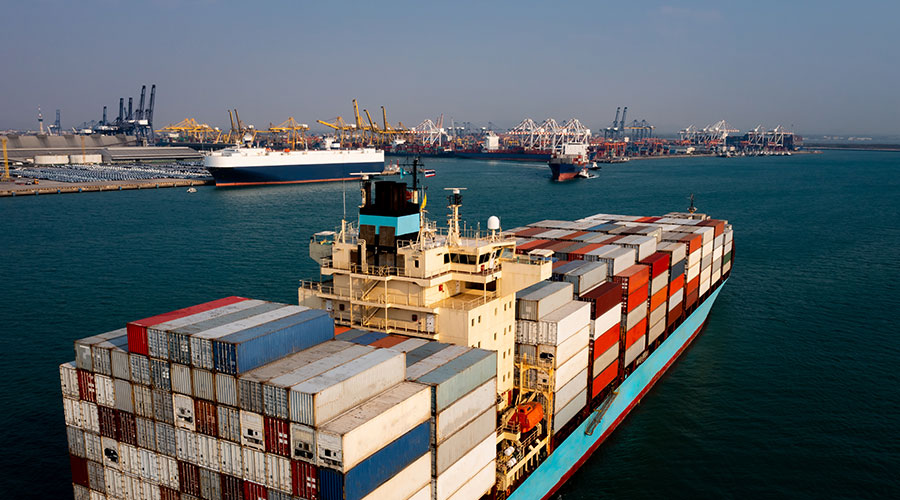


A historic shake-up of the container shipping alliance has prompted Maersk and rival MSC to cut rates below spot market levels on some routes. According to Alphaliner's report, the two shipping giants are trying to attract customers and cargo through low-price strategies to fill the cabins.
Dissolution of 2M alliance and new alliance pattern
Maersk and MSC worked together in the 2M alliance for ten years, but the alliance was officially terminated on January 31, 2025. The dissolution of the 2M alliance triggered the "largest shipping alliance restructuring in the history of the market" and brought volatility to the container market rates.
"MSC and Maersk have started to offer below-market average spot rates on some routes in an attempt to secure cargo loads through a low price strategy," Alphaliner said.
From February 2025, the new alliance will be as follows:
MSC: operates independently after the dissolution of the 2M alliance.
Gemini Alliance: Maersk works with Hapag-Lloyd.
Ocean Alliance: Consisting of Cosco Shipping (Cosco), CMA CGM, Evergreen and OOCL, the cooperation period has been extended to 2032.
Premier Alliance (formerly THE Alliance) : includes Japan's ONE, HMM and Yang Ming, and cooperates with MSC on Asia-Europe routes.
In addition, ONE announced that it will cooperate with Ocean Alliance members CMA CGM, COSCO Shipping, Orient Overseas and Evergreen on three Atlantic routes.
Customer battle and market response
Logistics group DSV has also noticed increased competition among shipping lines for customers and their containerized cargo volumes. "The main driver of the current rate decline is competition from the four new alliances, not the Red Sea crisis," said DSV CEO Jens Lund on the 2024 earnings call.
Lund further explained: "Shipping companies seem to be in a race to fill cabins. While volatility is lower than in the early days, competition remains fierce. Every shipping company wants to make sure they get enough cargo in this new landscape."
The impact and current situation of the Red Sea crisis
In 2024, due to the threat of attacks by Yemen's Houthi armed forces on the Red Sea waterway, shipping companies generally chose to detour the Horn of Good Hope in Africa, resulting in longer shipping distance and tight shipping capacity, pushing up container freight rates throughout the year. However, on January 19, 2025, Hamas and Israel reached a ceasefire agreement, the Houthis announced that they would stop attacking non-Israeli ships, and the Red Sea route theoretically resumed navigation.
Still, shipping companies such as Maersk and MSC remained on the sidelines and did not immediately resume Red Sea routes. "As far as the Red Sea situation is concerned, customers are currently taking a wait-and-see approach and are leaning towards short-term contracts to avoid being locked into long-term agreements when the Red Sea reopens," said Lund, DSV's chief executive.
Other market factors
Alphaliner pointed out that the strategy of shipping companies to compete for market share through low prices may be masked in the short term by other factors, especially the upward trend of freight rates on Pacific routes. Much of this upward trend has to do with the Trump administration's threat to raise import tariffs.
In the long run, however, price wars are not sustainable. This competitive strategy at the expense of profit will ultimately harm the healthy development of the entire industry. Shipping companies need to seek differentiated competitive advantages in service quality, operation efficiency and other aspects in order to stand out in the fierce market competition.





